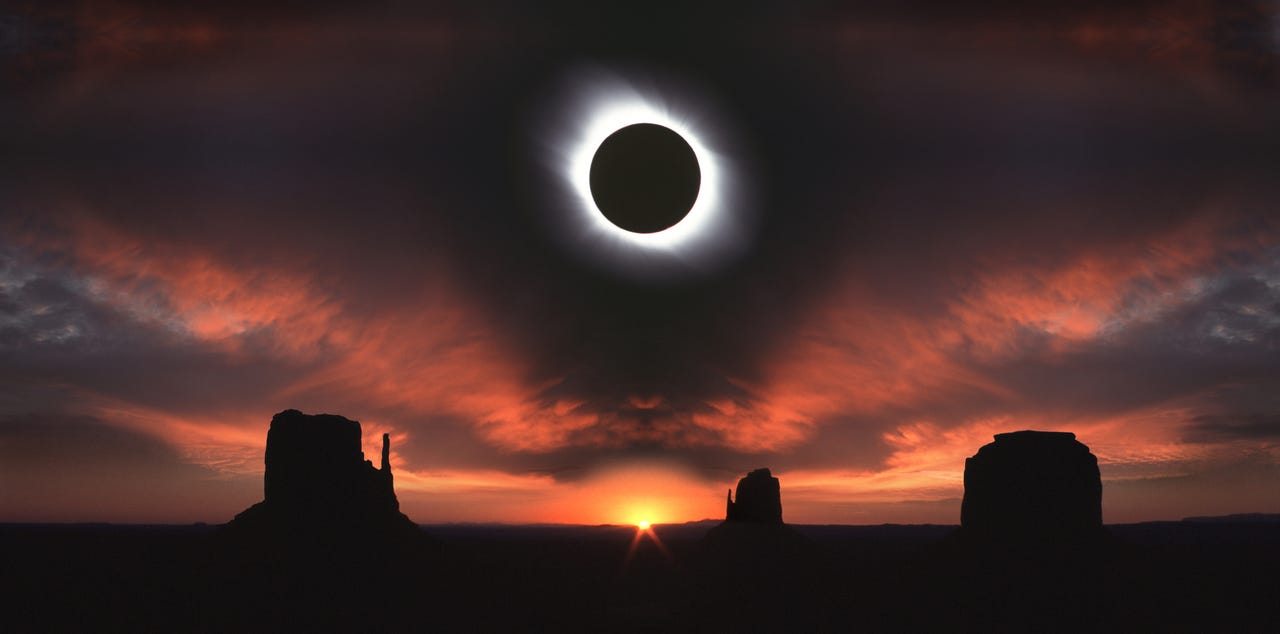From residents in the eclipse’s direct path to those planning a special journey, we’ve got all your burning questions about the 2024 solar eclipse covered.
When and Why is the 2024 Solar Eclipse Special?
The 2024 solar eclipse is set to occur on Monday, April 8, 2024. The path of the eclipse will traverse Mexico, the United States, and Canada, with the first sighting expected on the Pacific coast of Mexico around 11:07am PDT.
This eclipse is particularly special as it will be the first total eclipse visible in Canada since 1979, Mexico since 1991, and the US since 2017. Additionally, the totality of the eclipse (when the moon completely covers the sun) is expected to last up to 4.5 minutes – twice as long as the 2017 eclipse and the longest in over a decade. The path of totality is also anticipated to be as wide as 115 miles in some areas, allowing more people the opportunity to witness the eclipse.

Where to Watch the 2024 Solar Eclipse?
To view the eclipse, you’ll need to be in its direct path. NASA provides a useful table with major cities and estimated times to help plan your viewing. It’s also important to choose a location with a clear view of the sky, free from tall buildings or trees that could obstruct your view. Be sure to check local weather forecasts and confirm any special policies for public viewing areas. As many cities along the eclipse path are expecting a large influx of visitors, it’s advisable to plan accommodations, meals, and viewing spots in advance. Google also offers a free solution for those who wish to watch the eclipse on April 8.
How to Safely Watch the Eclipse?
To safely observe the solar eclipse, it’s essential to protect your eyes from harmful UV and infrared radiation. Here are some guidelines:
Never look directly at the sun, even during an eclipse. This can lead to “sunburning” of the eyes, causing discomfort and potentially permanent vision damage.
Use special eclipse glasses, binoculars, or a telescope with lenses treated with a special filter coating for eclipse observation. Ensure these are ISO 12312-2-certified to protect your eyes from harmful UV and IR radiation.
You can use a welding mask or goggles if the lenses are tinted to shade 12 or darker.
Create a camera obscura using a cardboard box or kitchen colander.
If all else fails, check out YouTube and Twitch for livestreams of the eclipse.
When shopping for solar eclipse glasses, make sure they are ISO 12312-2-certified. This certification should be clearly stated on the glasses or their packaging. Regular sunglasses are not ISO-certified and won’t provide adequate eye protection. You can also find ISO-certified binoculars and telescopes for a magnified view of the event. Special filters for DSLR and smartphone cameras are available as well, allowing you to watch the eclipse on your phone or take photographs. Remember, safety is paramount when observing a solar eclipse.
Related Posts

OpenAI Unveils SearchGPT: A New Challenger to Google’s Throne
Breaking News: OpenAI, the wizards behind ChatGPT, have just pulled a rabbit out of their digital hat. Meet SearchGPT, the latest

Apple Maps Expands to the Web: Taking on Google with a Bold Move
More than a decade after its debut, Apple Maps is stepping up its game and venturing onto the web, aiming

Pretty! This has been a really wonderful post. Many thanks for providing these details.